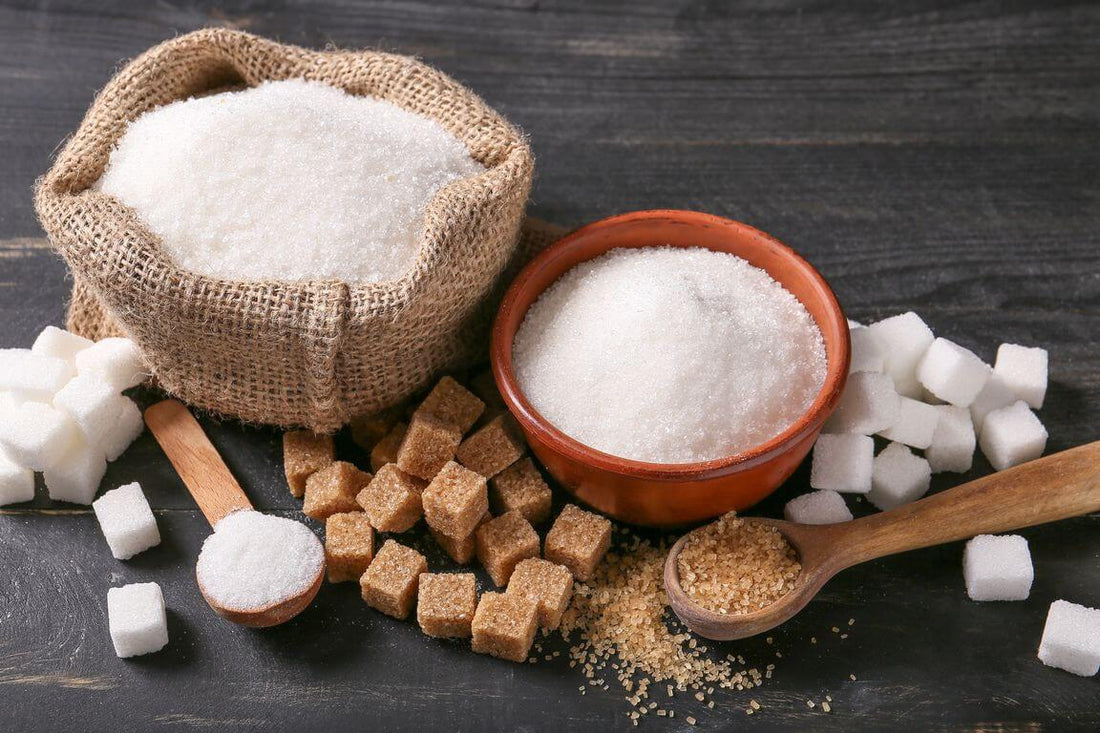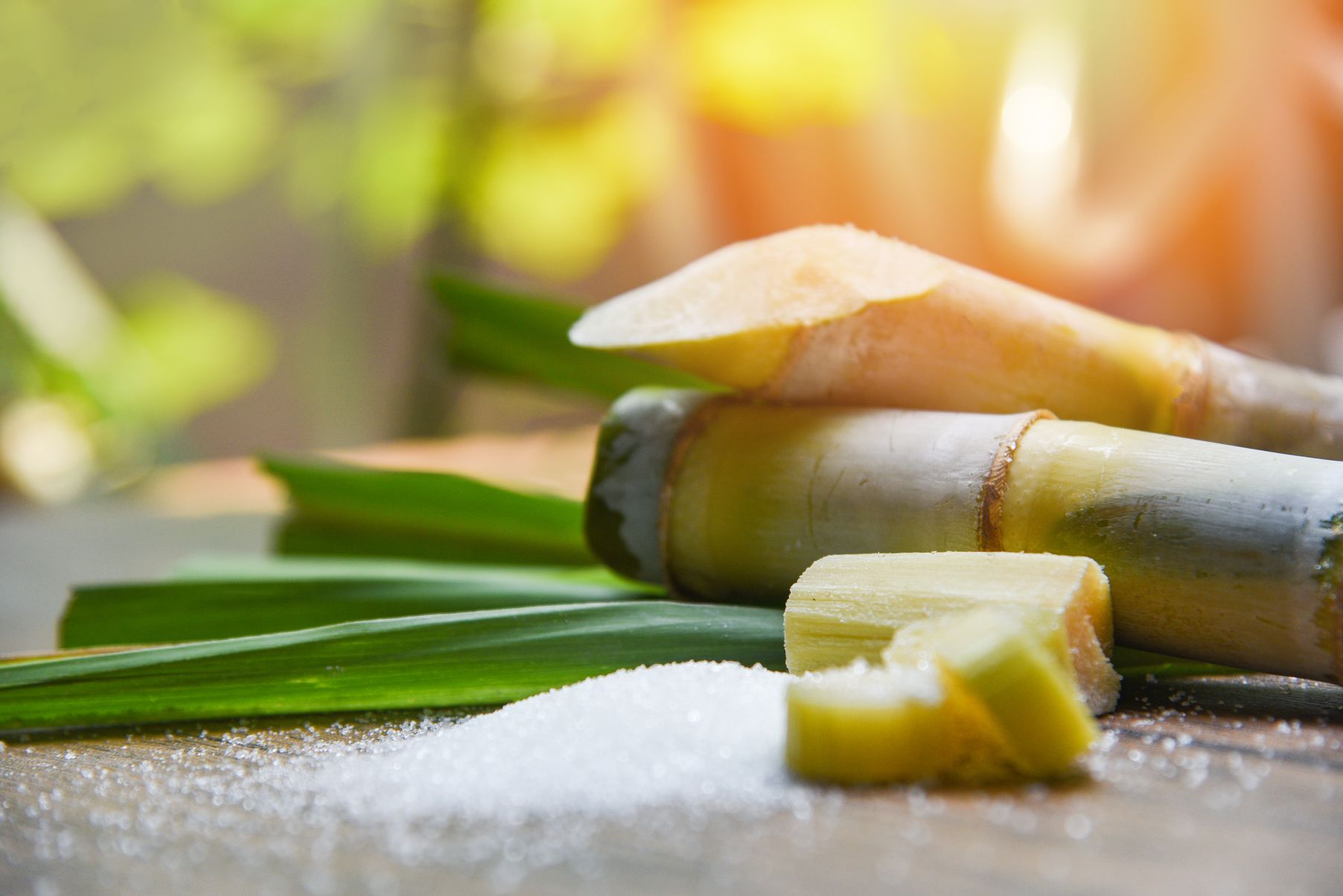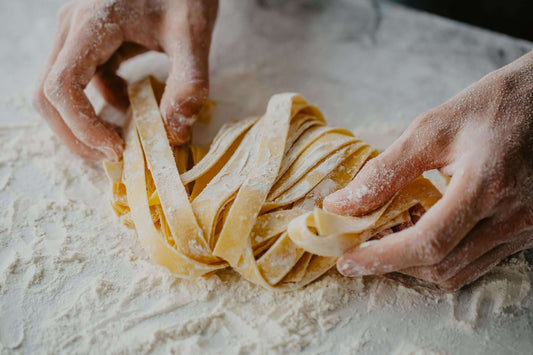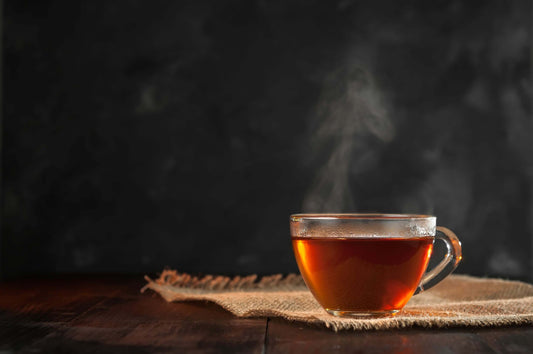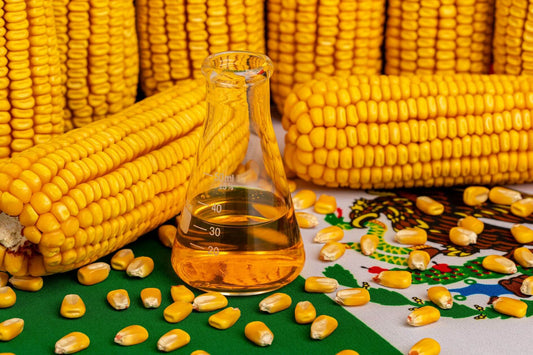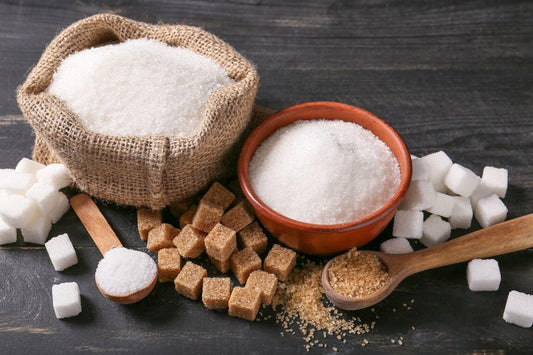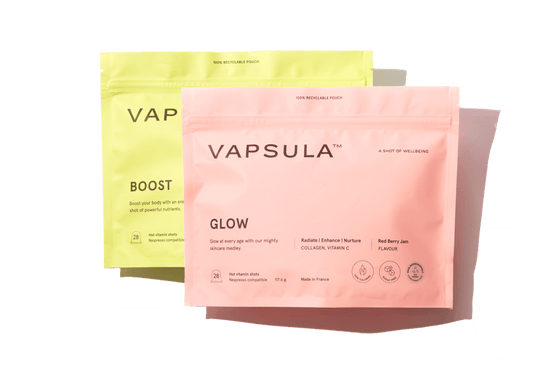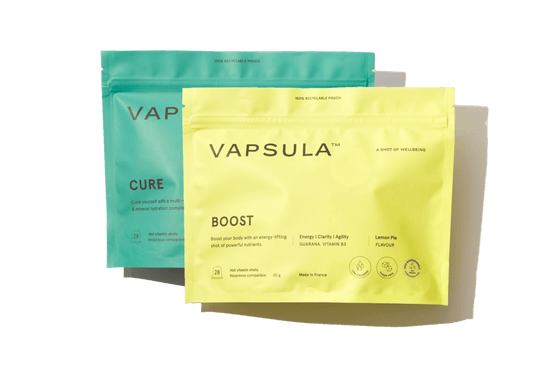Sugar is the new poison. Specifically, added sugar.
Dr. Robert Lustig, of the University of California, San Francisco, was the first to publicly condemn sugar consumption as a toxic and addictive food ingredient. In his book Fat Chance: The Hidden Truth Behind Sugar, Obesity, and Disease, Lustig revealed conclusions drawn from 16 years of treating child obesity.
The concise version of his argument is that sugar becomes addictive when the hormonal cycle is altered, one that becomes very difficult to break once it gets started. Lustig especially blames cortisol (the stress-related hormone) for causing sugar addictions.
Research shows that when cortisol levels are high, people tend to overeat—especially comfort foods packed with sugar. Doesn’t a chocolate bar taste better than ever during a stressful day?
The problem with a flood of cortisol is that it can cause people to overeat and see their insulin levels rise. Insulin blocks the signals sent by the hormone leptin, which regulates your body fat and essentially tells your brain not to eat any more sugar.
Lustig argues that the biggest problem with overeating sugar is not that you become overweight, but that your body no longer recognizes that it is fat. If you become leptin resistant, you can end up craving sugar to the point that your consumption causes diseases, such as diabetes.
The Food Industry Denies That Sugar is a Dangerous Problem
The fight against sugar has nothing to do with calories or its relationship to weight gain. In fact, Lustig’s fight is against the food industry. In the ’80s, obesity was not an epidemic, leptin was an unknown hormone, and there was very little information on insulin resistance. At that time, fat was the dietary enemy, so the food industry started removing fat from their products. To make them tasty, sugar was added, and eventually made with corn syrup because it was so cheap.
"What [food-industry people] knew was, when they took the fat out they had to put the sugar in, and when they did that, people bought more. And when they added more, people bought more, and so they kept on doing it. And that's how we got up to current levels of consumption,” Lustig told the Guardian. "It would have happened decades earlier; the reason it didn't was that sugar wasn't cheap. The thing that made it cheap was high-fructose corn syrup. They didn't necessarily know the physiology of it, but they knew the economics of it."
Herein lies the problem for consumers. Prepared foods—sauces especially—are full of added sugars.
Taking Control of Your Sugar Consumption
Most alarmingly is that 80% of 600,000 packaged foods found in US supermarkets are made with added sugars. This includes sauces, salad dressings, canned vegetables, frozen foods, juices, and much more. It comes as no surprise, then, that the average American consumes 100 pounds of sugar annually. This means that more likely than not, consumers are already addicted to sugar, without realizing it.
For the concerned customer, there is only one way to be sure to exit this sugary cycle: Cut out prepared and prepacked foods completely. Once consumers start actively avoiding these products in the supermarket, they can find out how used to sugars they’ve gotten and course-correct.
5 Commonly Used Ingredients that Contain Unexpectedly High Amounts of Added Sugars
Knowing which ingredients have a high amount of sugar gives you control over the situation.
Sugar Goes by Different Names
First, you should know how to recognize sugar on the label. Ingredients are listed on food labels in order of descending weight, so the higher up an added sugar is listed, the more the product has of it.
- Agave nectar
- Brown sugar
- Cane crystals
- Cane sugar
- Cane sweetener
- Corn syrup
- Crystalline fructose
- Dextrose
- Evaporated cane juice
- Fructose
- Fruit juice concentrates
- Glucose
- High-fructose corn syrup
- Glucose
- Honey
- Invert sugar
- Maltose
- Malt syrup
- Maple syrup
- Molasses
- Raw sugar
- Sucrose
- Syrup
Keep in mind that food producers can add sweeteners that are not technically sugar, which have their own sets of dangers to be wary of.
Tomato Sauces
Odds are that if you’re not making your marinara sauce from scratch, you’re serving up a tomato sauce rich in sugary additives. Look at the ingredients list of the type you use, and be concerned if sugar is listed in the top five. Men are recommended to intake 9 teaspoons of sugar (37.5 grams or 150 calories per day) and women just 6 (25 grams or 100 calories).
Some tomato sauces can contain as much as 15 grams of sugar per half cup, which means that your most likely consuming double the recommended serving per plate.
Fat-Free Salad Dressings
These “healthy” salad dressings can sometimes be the worst a person can consume. After removing the fat, manufacturers rely on sugar and salt to give dressings flavor. Just save yourself the extra dollars and start making your dressing in house, even if it’s just a basic olive-oil-and-vinegar dressing.
Smoothies
Avoid premade smoothie packages if you want to make healthy smoothies; one smoothie serving can have 35 grams of sugar. Try to make it from scratch, without sugary powder additives.
Barbecue Sauces
Unfortunately, that delicious, branded barbecue sauce you buy is (probably) so good because it’s loaded with sugar. As with salad dressings and smoothies, the only way to control how much sugar you’re giving guests is to make it by hand. The same goes for most condiments—bottled sauces often have excessively high amounts of sugar.
Cereals and Crackers
Even those made with whole grains—the “healthy” ones—can be riddled with large amounts of sugar. If you want to offer guests wholesome crackers and cereals, be sure to check out the ingredient list first.
